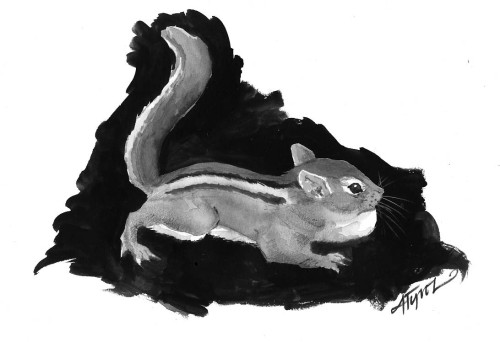
We’ve all fallen for it at some point, those of us who spend time in the woods: the way it looks now is the way it always has looked. And the way it always will look.
And why not? When you’re deep in a grove of towering pines or enjoying the sunlight filtering through a glade of birches, it’s tempting to believe that the trees have always been there, providing solace or refuge or beauty right down through the ages. But it’s not true.
In fact, if someone (such as a nephew or grandchild) were to ask you to predict what trees would be growing in the woods 100 years from now, your safest bet would be to say, “not what’s here now.” That’s the general rule: what you see is not what you’ll get.
Take white birch, for example, a tree that can grow in almost-pure stands. Although it’s hard to imagine whole groves going by the board, they almost certainly will. White birch is a relatively short-lived species (averaging less than a hundred years) that requires sunlight for seed germination. The sum of these two factors is certain obsolescence: when the adults topple over, the trees waiting to emerge from the shadows won’t be birches.
The case of red oak and white pine is particularly unusual. One tends to replace the other. Or, said another way, a great place to find a young oak forest growing is underneath a mature grove of pines, and vice versa. Although this seems counter-intuitive from the “germinates in sunlight” perspective, it’s not. White pine germinates in sunlight, while red oak can germinate almost anywhere, but more often in shade. In the oak/pine case, there is another factor at play: squirrels and chipmunks. Both tree species are used by the rodents for food and cover, and given the animals’ propensity to scatter and bury seeds for later consumption, and to commute back and forth between pines and oaks, they may be the dominant force in changing the forest from one tree species to another. Sort of a Johnny Appleseed effect.
Actually, apple trees are another good example. If you find an old apple in the woods, you almost certainly won’t find an apple tree there a few hundred years hence. The apple is not native to Vermont and New Hampshire, so its presence in the woods means that it was planted at some point in the past, either by homesteading humans or opportunistic animals (who raided the homesteaders’ trees.) But deer love to eat new apple seedlings and our taller native trees are able to overtop the adults, so apple trees usually do not beget apple trees.
Hemlock is another example of animal intervention. Thick stands can last for centuries, and sometimes do, but deer love to spend the winter under the protection of the boughs, nibbling all the while on young hemlock seedlings. Sooner or later, the original hemlocks die of old age or natural calamity. But with no new hemlocks waiting to fill the gap, other pioneer species move in. When deer populations are high, the animals inadvertently damage the hemlock groves they depend on.
Although “what you see isn’t what you’ll get” is the general rule, there are, of course, exceptions. On certain sandy and acidic soils, white pine will be able to hold off all competitors for generations, leading to those scattered spots around the region with groves named “the cathedral pines” or some such. The hemlock groves mentioned above can hang on for a long time before being dislodged, making hemlock an example of both the rule and the exception. And then, of course, there’s the sugar maple.
The sugar maple readily sprouts in its own shade and can, under favorable conditions (good soil, seed tree nearby) also sprout in the sun. A grove of long-lived sugar maples can dominate a hillside for centuries until death from old age, at which point the next generation of sugar maples is already sprouted and ready to take over. This is part of the reason why sugarbushes can produce maple sugar for generations on end. (The other is that sugarmakers prune out the less-sweet interlopers.)
So why haven’t all the rich side slopes in New England been taken over by maple trees, if they persist where others fail? Under most conditions, they don’t sprout as readily in the sun as their competitors. Sooner or later, when you’re talking centuries, a gust of wind will blow down a few trees, a hurricane will level a hillside, someone wielding an axe or saw will create a clearing, or the sugarbush will be abandoned. Then the sun-sprouters will march back in. Like white birch. Back to the beginning: what you see isn’t what you’ll get.

